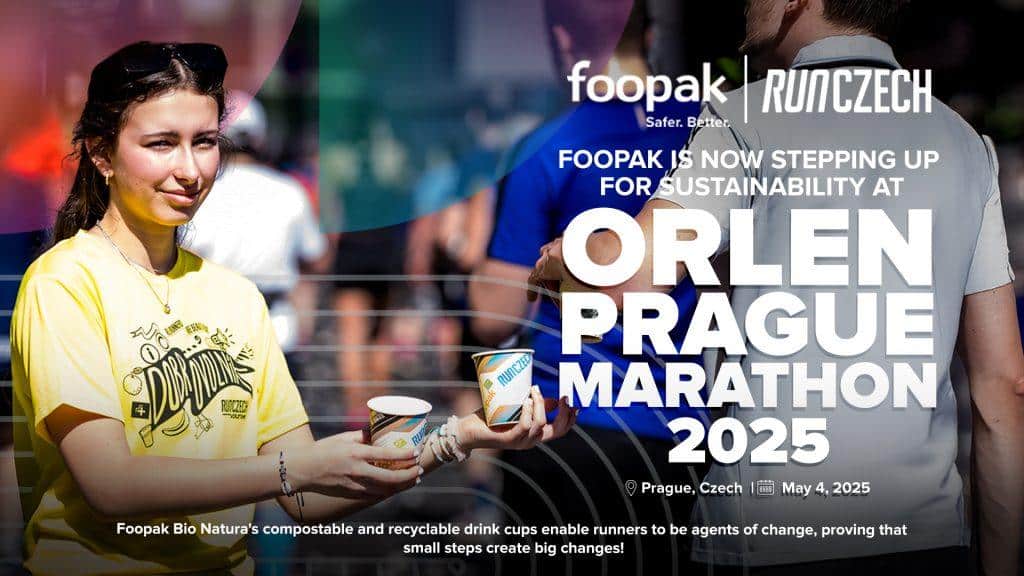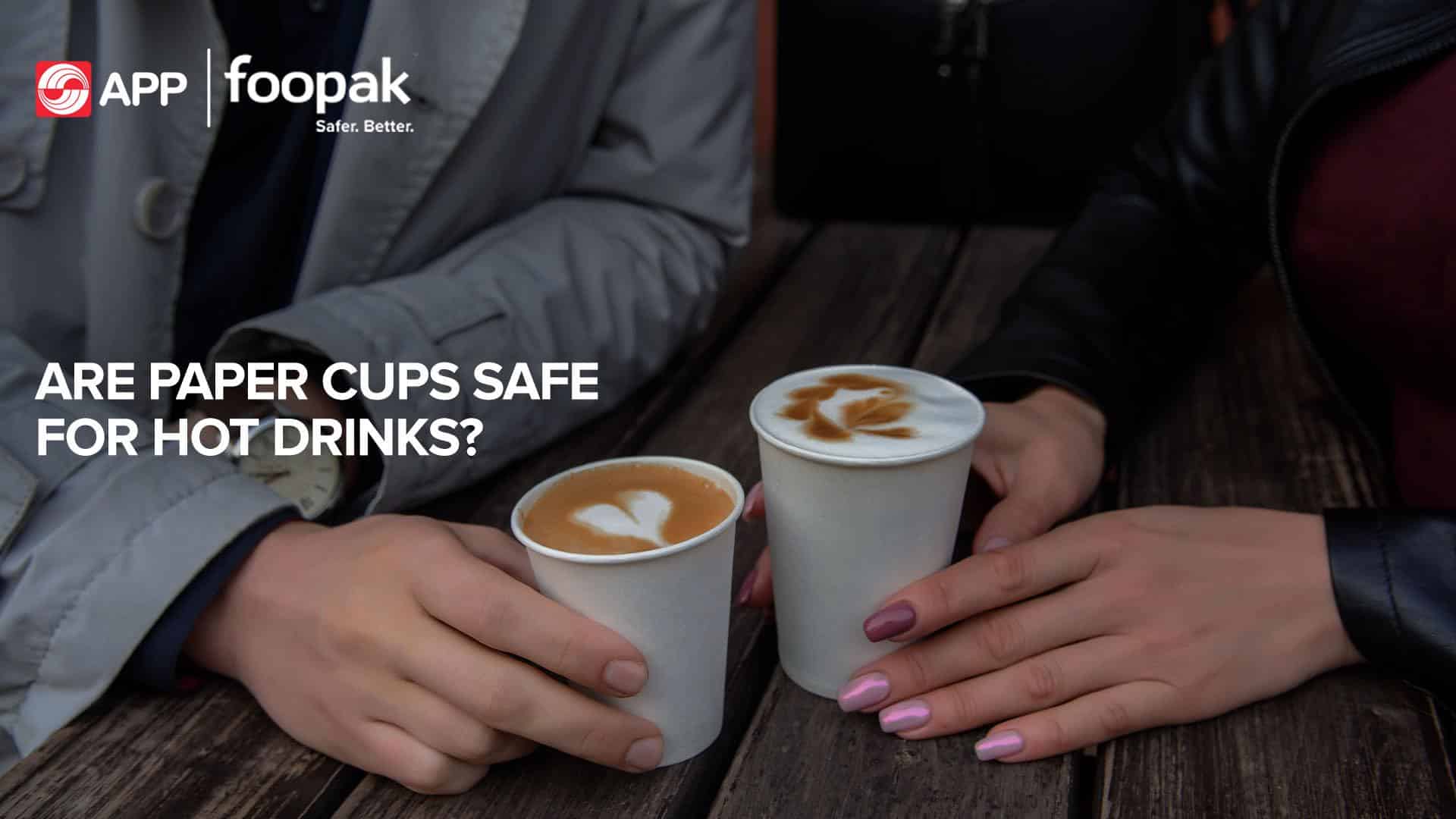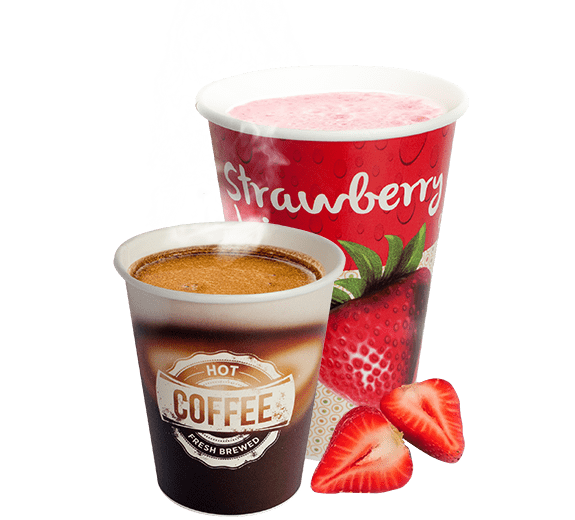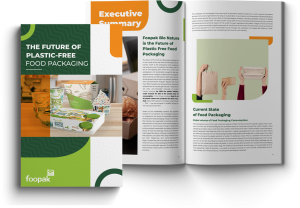

Paper cups face growing skepticism regarding their performance, particularly for hot beverages. Concerns range from usability issues to potential health risks linked to microplastics. As more consumers voice their doubts, it’s important to understand the full picture. Let’s take a closer look at the details of hot paper cups.
Read More: Discover the Truth: Can All Paper Cups Actually be Recycled?
Materials Used in Paper Cups

The materials used in paper cups have been suspected of containing microplastics, raising concerns about potential health risks. However, what are the actual components that make up paper cups?
1. Paperboard
Paperboard forms the structural base of the cup. It is a thick, durable type of paper derived from wood pulp, designed to provide strength and insulation. Paperboard used in food packaging is often sourced from virgin fiber to meet food safety standards. Some hot paper cups also use thicker paperboard or double-wall construction to improve heat resistance and prevent discomfort when holding hot drinks.
Read More: Why Food-Grade Paper Will Revolutionize Packaging in the Coming Decades
2. Protective Barrier
Since paperboard alone cannot hold liquids without becoming soggy, a protective coating is applied to the inner surface. Traditionally, this barrier is made from polyethylene (PE), which prevents leaks and enhances durability. Some manufacturers are now exploring bio-based coatings to reduce plastic dependency and improve recyclability.
This is where businesses must pay closer attention. It is important to note that many paper cups are lined with PFAS-based treatments to enhance water resistance. However, when exposed to hot liquids or as the material degrades, these coatings can release microplastics, raising environmental and health concerns.
Can Paper Cups Withstand Heat?
Not all paper cups are designed for high temperatures, making it essential for businesses to carefully review specifications. Standard paper cups may weaken, leak, or even release unwanted substances when exposed to hot liquids.
To ensure both safety and performance, hot paper cups must comply with high-temperature migration standards, which regulate the transfer of substances from packaging to food or beverages.
Potential Health Risks of Improper Paper Cup Usage
Using low-quality or improperly designed paper cups can pose several health risks.
- Cardiovascular Diseases
- Cancer Risks
- Reproductive and Developmental Issues
- Weakened Immunity
How to Use Paper Cups Safely and Minimize Health Risks
These are some factors to consider when using paper cups for hot beverages.
1. Choose PFAS-Free Options
Businesses should prioritize PFAS-free paper cups to minimize exposure to harmful chemicals. PFAS (per- and polyfluoroalkyl substances) are commonly used to enhance water resistance but can pose health risks when they leach into hot beverages. Opting for certified food-safe cups with water-based or bio-based coatings ensures both safety and compliance with health standards, providing a better experience for consumers.
Read More: Recognizing the Dangers of PFAS from Hollywood Film ‘Dark Waters’
2. Use Certified Food-Safe Cups
Ensure that the paper cups used meet recognized food safety standards, such as FDA, EU Food Contact, or BfR certifications. Certified cups are tested for chemical safety, migration limits, and structural integrity, reducing the risk of harmful substances leaching into beverages. Choosing high-quality, food-safe materials not only protects consumers but also reinforces a business’s commitment to health and sustainability.
3. Avoid Reusing Disposable Paper Cups
Paper cups are designed for single use, as repeated use can cause the protective coating to break down, increasing the risk of chemical leaching. To minimize environmental impact, choose compostable or recyclable cups with eco-friendly coatings. Always check local recycling guidelines to ensure proper disposal and reduce waste.
Why Choose Foopak Bio Natura for Your Hot Paper Cup Needs

Beyond its environmental benefits, Foopak Bio Natura is a paperboard proven to be suitable for hot paper cups, meeting several key safety standards.
- BfR XXXVIregulates the safety of paperboard materials used in food packaging.
- EU No. 1935/2004ensures food contact materials do not release harmful substances.
- EU No. 10/2011establishes safe migration limits for substances used in food packaging.
- EN 1186-13:2002tests compliance with stringent migration regulations, particularly under high temperatures.
With these compliances, Foopak Bio Natura is a reliable choice for businesses. It also features heat seal capability with permanent bonding, eliminating the need for adhesives, and strong edge-wicking resistance, enhancing consumer satisfaction. Visit Foopak’s website to meet your needs for hot paper cups, lunch boxes, and more.

